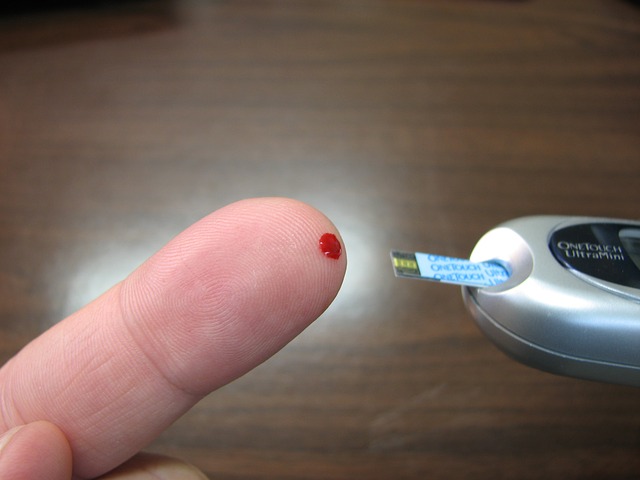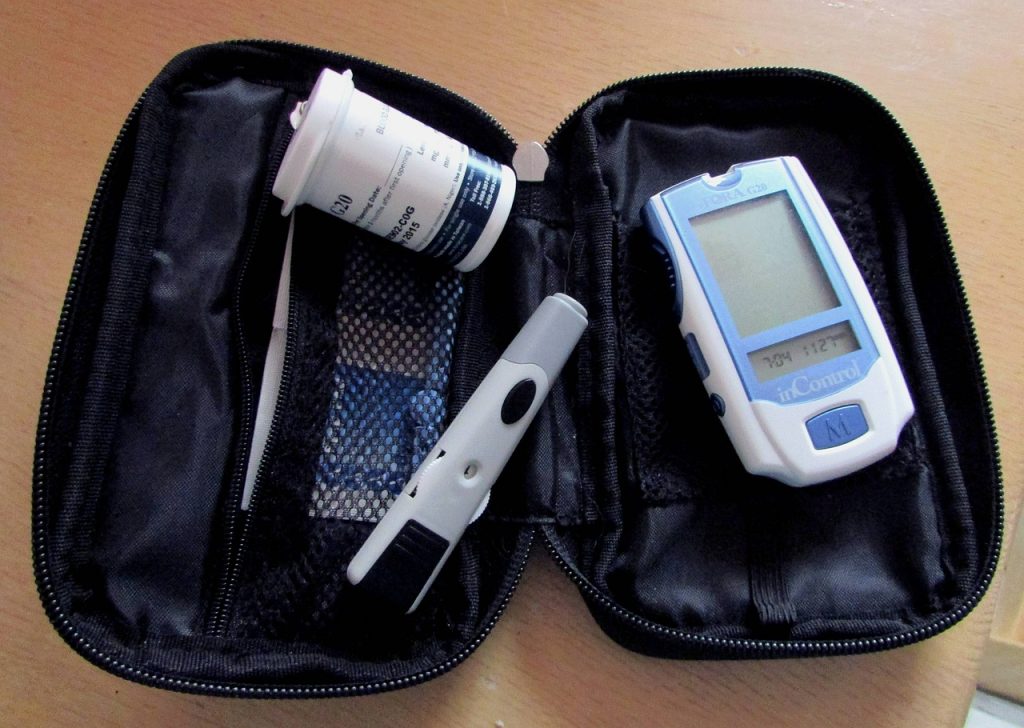A Do Not Miss Broken Brain Podcast Episode #154 with Dr. Benjamin Bikman, a renowned metabolic research scientist, and a popular speaker on human metabolism and nutrition. Backed by years of research, Dr. Bikman’s mission is to help the world appreciate the prevalence and relevance of insulin resistance.
Around the world, we struggle with diseases that were once considered rare. Cancer, heart disease, Alzheimer’s disease, and diabetes affect millions each year. any people are also struggling with hypertension, weight gain, fatty liver, dementia, low testosterone, menstrual irregularities and infertility, and more. We treat the symptoms, not realizing that all of these diseases and disorders have something in common. Each of them is caused or made worse by a condition known as insulin resistance. Over half of all adults in the United States are insulin resistant, with most other countries either worse or not far behind.
On today’s Broken Brain Podcast, our host Dhru talks to Dr. Benjamin Bikman, a renowned metabolic research scientist, and a popular speaker on human metabolism and nutrition. Backed by years of research, Dr. Bikman’s mission is to help the world appreciate the prevalence and relevance of insulin resistance. He is the author of the newly released book, Why We Get Sick, which offers a thought-provoking yet real solution to insulin resistance and how to reverse pre-diabetes, improve brain function, shed fat, and prevent diabetes.
Dr. Bikman has a Doctor of Philosophy in Bioenergetics from East Carolina University, a Master of Science in Exercise Physiology, and a Bachelor of Science in Exercise Science from Brigham Young University. In this episode, Dhru and Dr. Bikman talk about why insulin resistance has become so prevalent and why it matters. They discuss what makes us insulin resistant in the first place, and the evidence linking many major diseases, including cancer, diabetes, and Alzheimer’s disease, to it.
They also talk about how to reverse and prevent insulin resistance through specific diet and lifestyle modifications. In this episode, we dive into: – Fat cells and the role they play in the body (3:01) The recipe for weight loss (12:23)
The role of insulin in our bodies (18:05)
How to know if you are insulin resistant (45:22)
Lab testing for insulin resistance (50:09)
The role cholesterol plays in insulin resistance (52:40)
4 steps to improve insulin resistance (1:01:57)
Why movement is so important when it comes to insulin resistance (1:11:57)
The power of wearing a continuous glucose monitor (1:13:49)
Where to learn more about Dr. Bikman (1:18:21)
For more on Dr. Bikman you can follow him on Instagram @BenBikmanPhD, on Facebook @BenjaminBikmanPhD, on Twitter @BenBikmanPhD, and through his websites http://bikmanlab.byu.edu/
and https://www.insuliniq.com/










